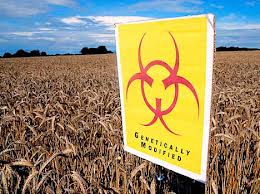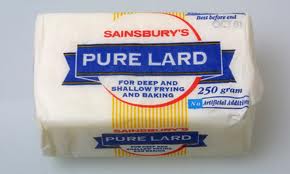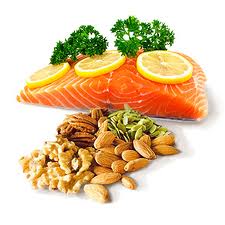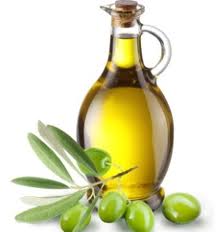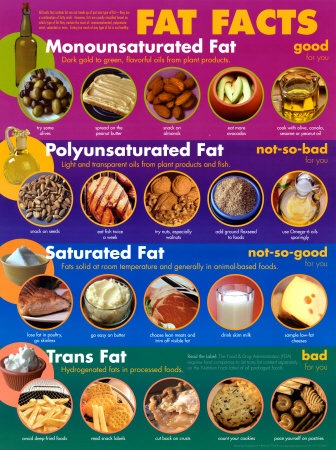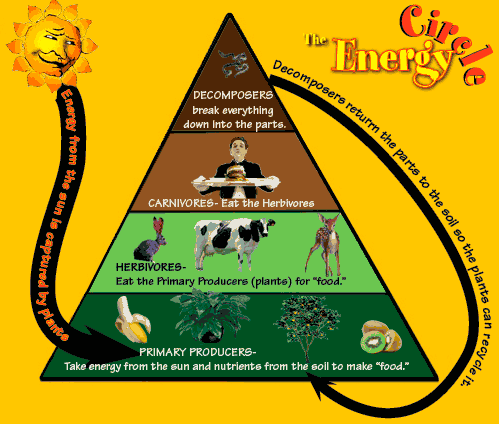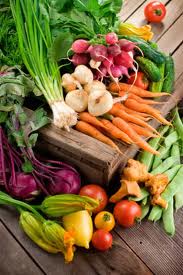


The word “detox” is something that gets misused and misinterpreted very often. Especially lately. The words “cleanse” and ” purify” are also thrown around. From detox teas to juice fasts to elixirs made of cayenne pepper and maple syrup claiming to widdle your waist and rid your body of toxins. It is a hot button word grabbing many people’s attention and, in my opinion, used to scam people into believing they are taking something that will magically make them feel better. So I was very happy when my latest issue of Food and Nutrition Magazine came in my mailbox with an article covering this exact topic. I will share with you the key points of the article in this week’s blog.
First off, detoxification is a biochemical process that transforms non-water soluble toxins into water soluble compounds that can then be excreted in urine, sweat, bile, or stool. For many people with certain conditions the process of detoxing can be extremely helpful in healing the body. Most detoxification occurs in the liver but can also include the gastrointestinal tract, lymphatic system, urinary system, lungs and respiratory, and the skin. It is believed amongst the dietetic community that exposure to toxins from the environment accumulate in the body and as a result of the body’s own detox system being unable to keep up with ridding those compounds results in “bio accumulation.”
To help reduce exposure to toxins, I have broken down the basics in eliminating toxins from your diet and adding foods that will help your body safely eliminate toxins.
1. Choose organic produce when available. If unavailable, ALWAYS wash your produce.
2. Choose organic meat when available. Toxins accumulate in animals the same as they do in humans. Especially with the use of hormones and antibiotics added to our dairy, livestock and poultry.
The foods below are known to have detoxification properties in the body. The diet is based on whole foods, adequate fiber, and water.
Organic Fruits and vegetables– Contribute a variety of phytochemicals which promote detoxification enzymes.
Cruciferous vegetables– Compounds in Cabbage, Broccoli, Kale, Brussels sprouts known as crucifers help to promote detoxification in the liver.
Green Tea– Contains high levels of antioxidants known as polyphenols.
Water– Drink lots of it! Water promotes detoxification in almost every body system. It plays a key role in hydration which is absolutely necessary to properly detox. Water is responsible for excreting toxins from the body.
Fibrous foods– Soluble and insoluble fiber work hand to hand to bind to toxins and remove them from the body by way of stool. Flax seeds, oatmeal, brown rice, and beans are great sources.
Probiotics– These healthy and helpful bacteria are found in fermented foods like yogurt and protect the intestines by inhibiting the growth of bad bacteria which produce ammonia and other toxins.
Eggs, Garlic, and Onion– Contain the compound sulfur, known to be ” the master detoxifier”
To close up this weeks blog I would like to suggest that detoxing the body and eating clean can and should be a way of life, not just a fast we do for _X_ amount of days and then go on filling our bodies with toxins. I hope this article helped make the detox debate a little clearer for you. Now you are empowered to know the difference between good nutrition and good marketing.
For more information on detox diets click here
To read the Food and Nutrition article click here

